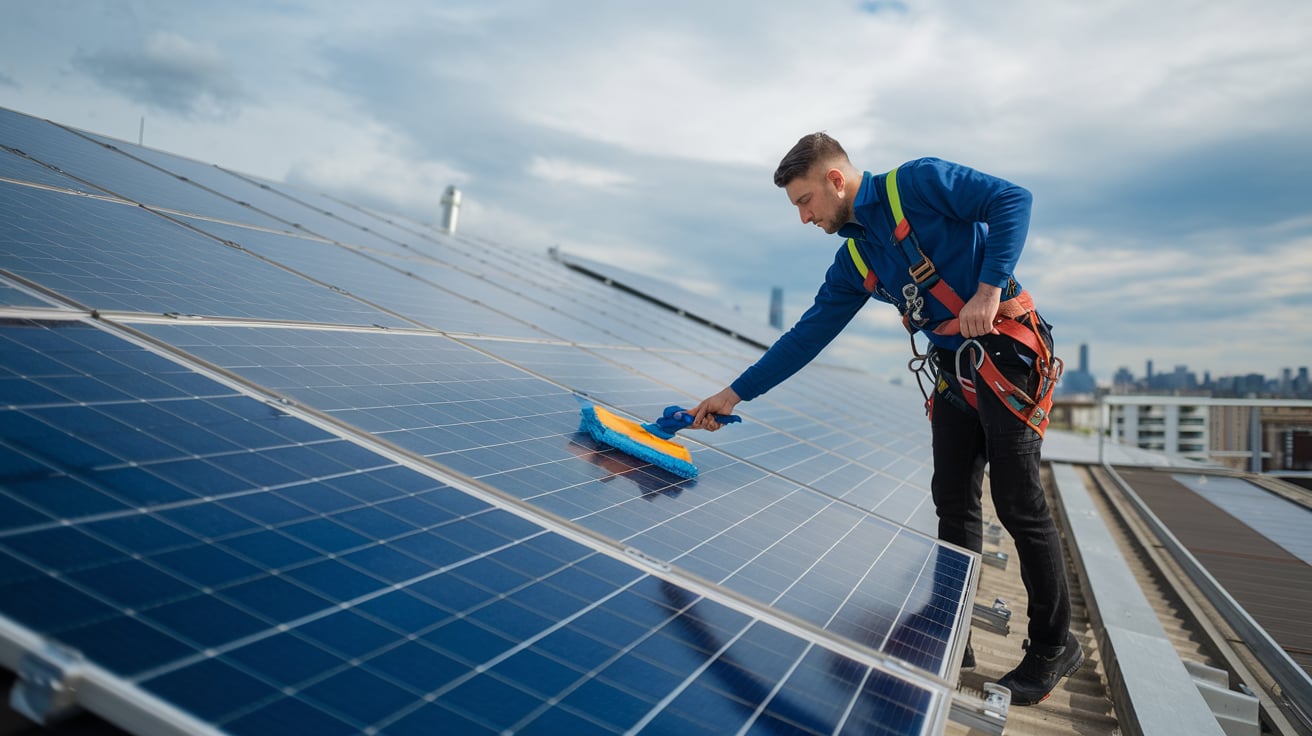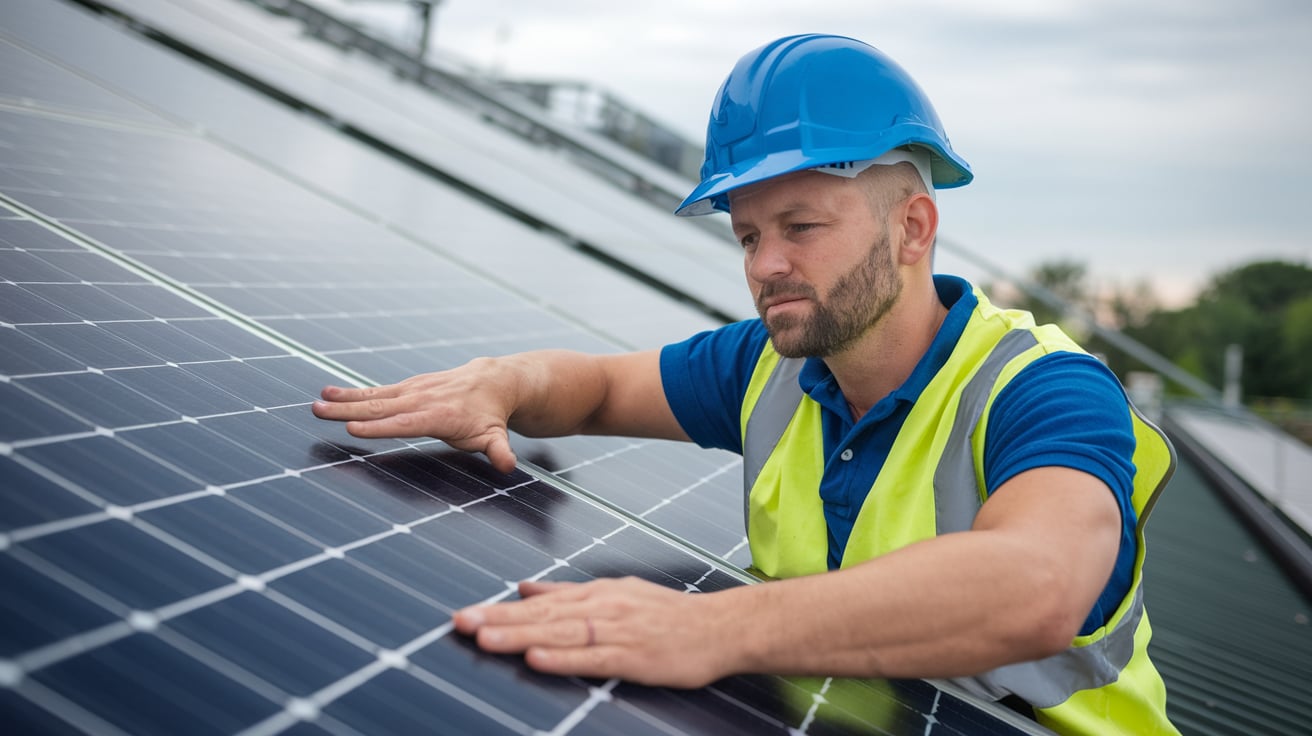



Solar Matrix is a leading provider of solar energy solutions, dedicated to transforming how homes and businesses harness and utilize renewable energy. Founded in [Year], we have been at the forefront of the solar revolution, committed to sustainability and innovation.
Creating a tailored layout and plan for the solar panel installation based on the specific energy needs and space available.


System design for solar energy involves creating a customized plan to effectively harness solar power based on specific energy needs and site conditions. This process includes assessing energy consumption, calculating the required system size, selecting quality components, and ensuring compliance with local regulations. A well-designed system maximizes energy production while minimizing costs and inefficiencies, leading to a sustainable energy solution.

Analyze historical energy usage to determine the total electricity consumption in kilowatt-hours (kWh), allowing for accurate sizing of the solar system.
Based on the energy assessment, calculate the required capacity and number of solar panels needed to meet energy demands effectively.
Choose high-quality solar panels, inverters, and battery storage options that fit the energy needs and budget, ensuring reliable and efficient performance.
Create a detailed plan for the placement and orientation of solar panels to optimize exposure to sunlight and minimize shading issues.
Design the wiring system to safely and efficiently connect solar panels to the inverter and electrical grid or home system, minimizing energy losses.
Ensure the system design adheres to local building codes, regulations, and safety standards, including obtaining necessary permits for installation.
WhatsApp us